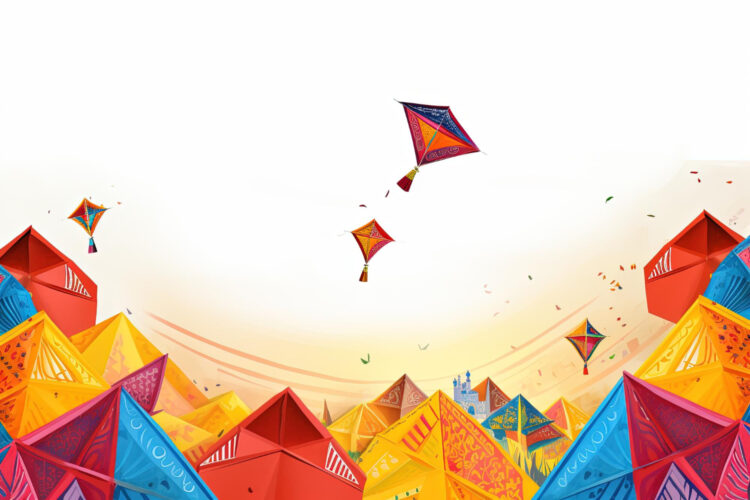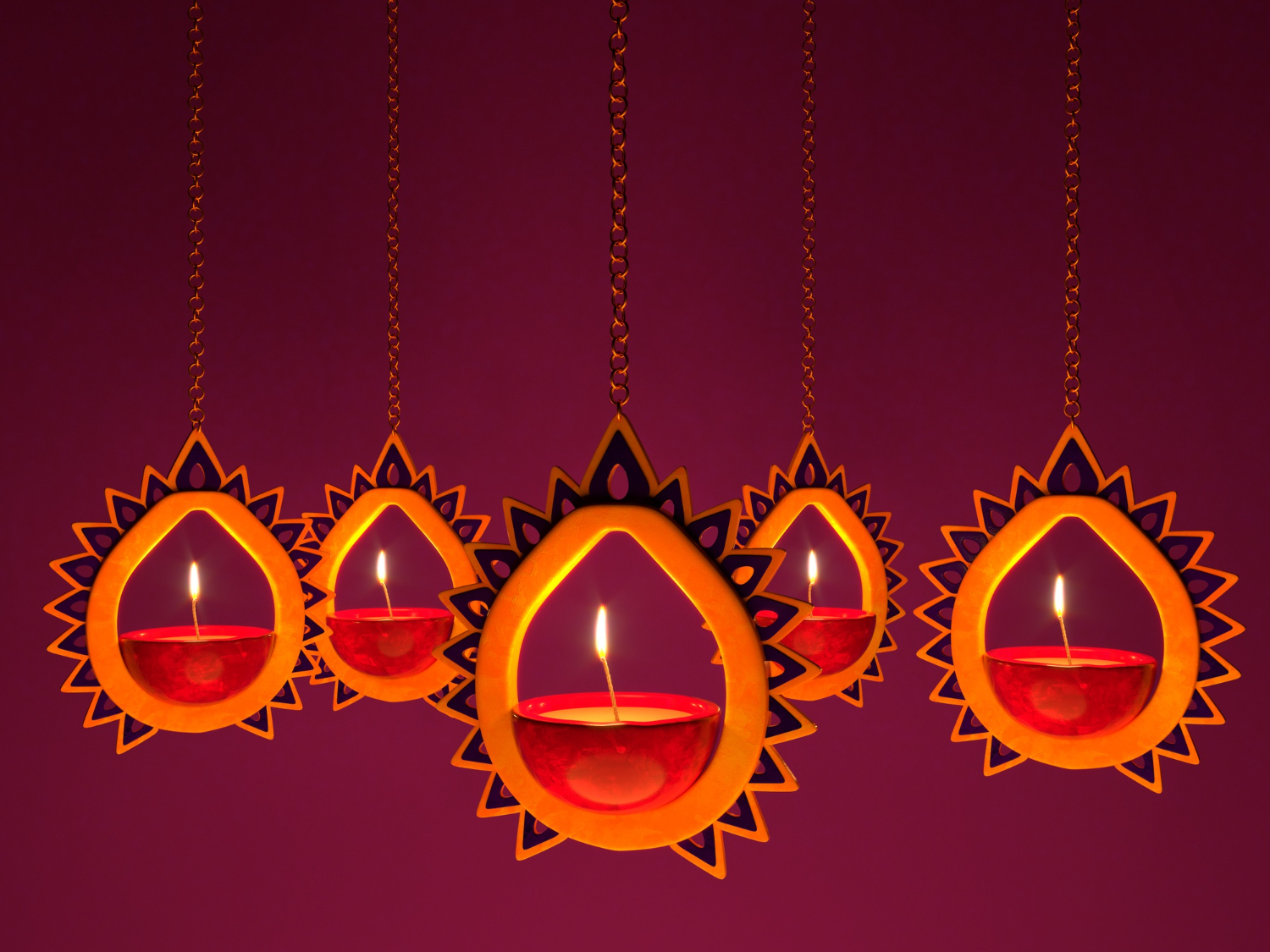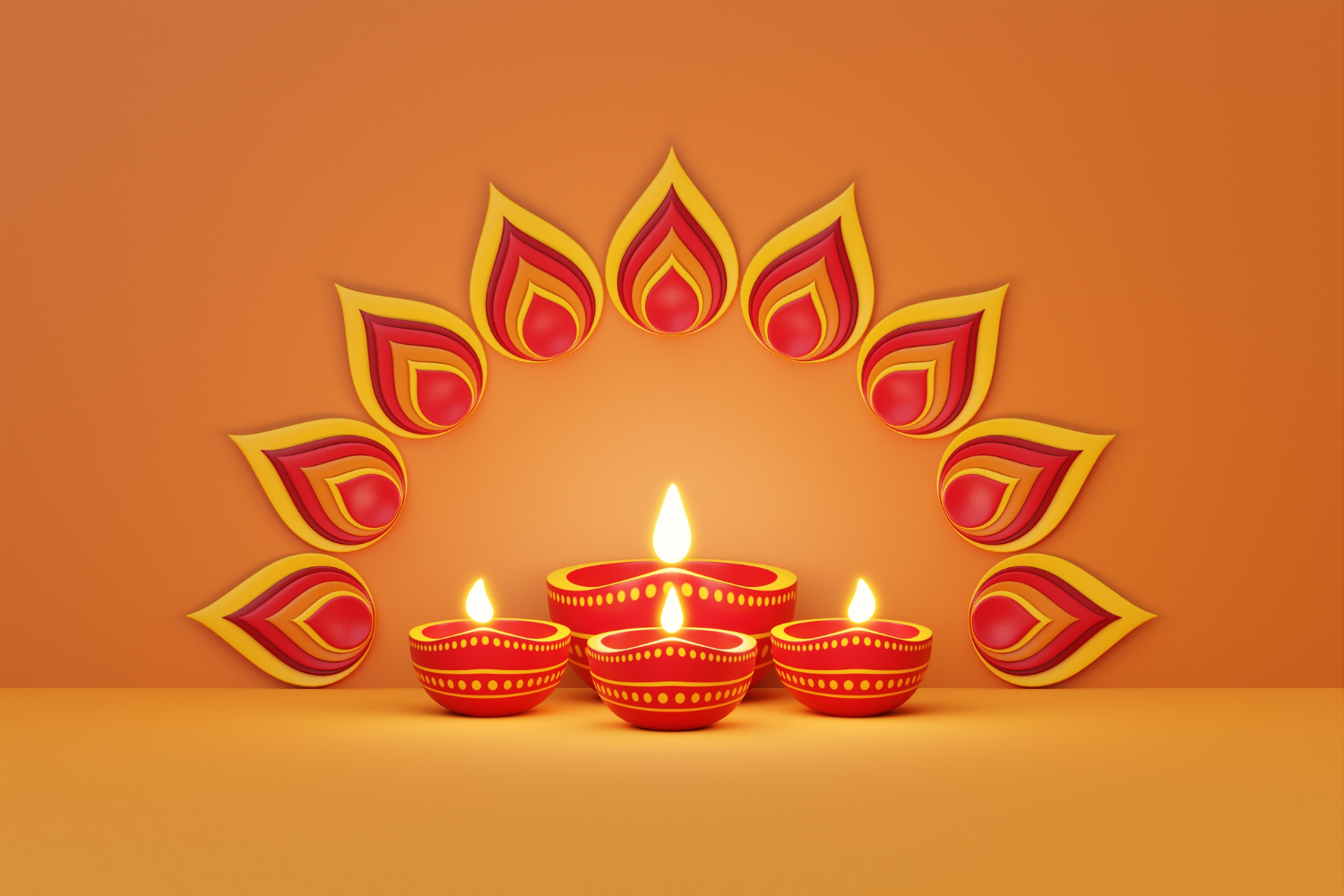
Current
thoughtwritten
8:57 am - January 14, 2024
Makar Sankranti, also known simply as Sankranti, is one of the most vibrant and widely celebrated festivals in India. Occurring every January, this festival marks the transition of the sun into the zodiac sign of Capricorn, or ‘Makar’ in Hindi. But it’s not just about astronomy; Makar Sankranti carries with it profound cultural, social, and agricultural significance that resonates deeply with millions.
The Sun's Journey and Symbolism
The transition of the sun into Makar symbolizes the end of winter and the onset of longer, brighter days. In essence, it heralds the arrival of spring. The lengthening days and the warmth of the sun signal hope, new beginnings, and the promise of a bountiful harvest.
Symbolically, the movement of the sun represents a shift from darkness to light, both literally and metaphorically. For many, Makar Sankranti is a time to leave behind the shadows of the past and embrace positivity, knowledge, and prosperity.
A Festival of Harvest
Agriculturally, Makar Sankranti is closely associated with the harvest season. Across India, especially in the northern and western parts, farmers reap the benefits of their hard work as they harvest grains like wheat, mustard, and sugarcane. The golden fields sway with the wind, painting a picturesque landscape of abundance and prosperity.
This festival is an expression of gratitude towards nature. The fresh harvest symbolizes prosperity and nourishment. Families come together to celebrate the fruits of their labor, sharing sweets made of sesame, jaggery, and grains. It’s a time of feasting and merriment, where communities unite to enjoy traditional delicacies like ’til-gud’ (sesame and jaggery sweets), ‘pongal’ (a dish made of rice and lentils), and ‘gajak’ (a sweet made of sesame seeds and jaggery).
Cultural Significance and Unity
Makar Sankranti transcends religious and regional boundaries, showcasing India’s rich cultural tapestry. While the festival is celebrated with different names and customs across the country Pongal in Tamil Nadu, Lohri in Punjab, Bihu in Assam the essence remains the same: celebrating the spirit of unity, prosperity, and togetherness.
The festival brings communities together, fostering a sense of camaraderie and solidarity. It’s a time when neighbors exchange sweets, children fly colorful kites in the sky, and elders narrate tales of tradition and folklore. Through dance, music, and rituals, Makar Sankranti rejuvenates the spirit of community bonding and mutual respect.
Rituals and Traditions
Makar Sankranti is replete with rituals that vary across regions. In Maharashtra, people exchange til-gul (sesame and jaggery) along with the customary greeting, “Til-gul ghya, god god bola” (Accept these til-gul sweets and speak sweetly). In Karnataka, it’s celebrated as ‘Sankranthi’ with colorful rangolis, sugarcane decorations, and the preparation of ‘ellu-bella’ (a mixture of sesame seeds, groundnuts, dry coconut, and jaggery).
Flying kites is an integral part of the celebration in many parts of India, symbolizing freedom, joy, and prosperity. The sky becomes a canvas of vibrant colors as children and adults alike engage in friendly kite-flying competitions. The sight of colorful kites soaring high against the clear blue sky is a visual spectacle that epitomizes the festive spirit of Makar Sankranti.
Conclusion
Makar Sankranti is not just a festival; it’s a celebration of life, abundance, and unity. It encapsulates the age-old traditions, values, and beliefs that have been passed down through generations. As the sun embarks on its journey towards longer, brighter days, Makar Sankranti reminds us to embrace positivity, cultivate gratitude, and cherish the bonds that bind us together as a community. So, let’s come together, fly high like the kites, and bask in the warmth of this joyous festival that celebrates the spirit of India’s rich cultural heritage.



0 Comments